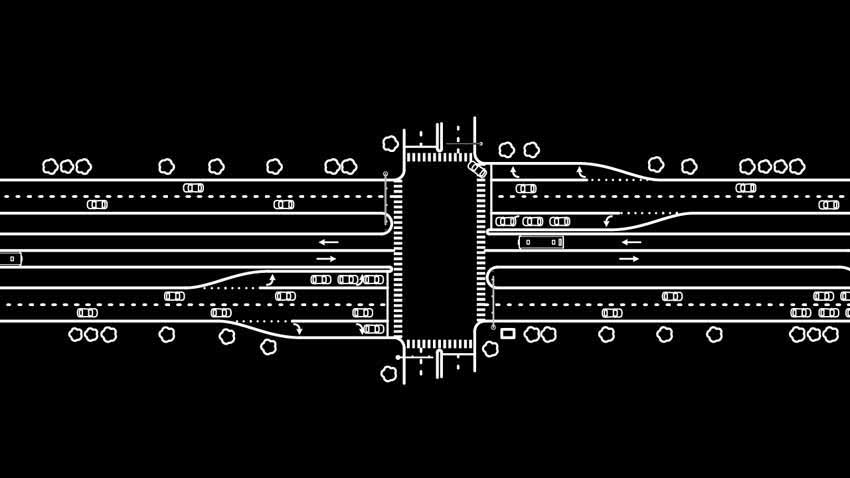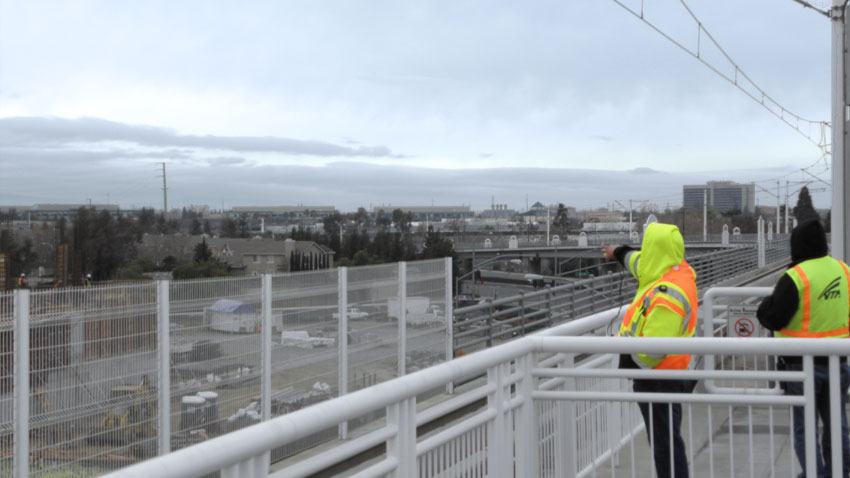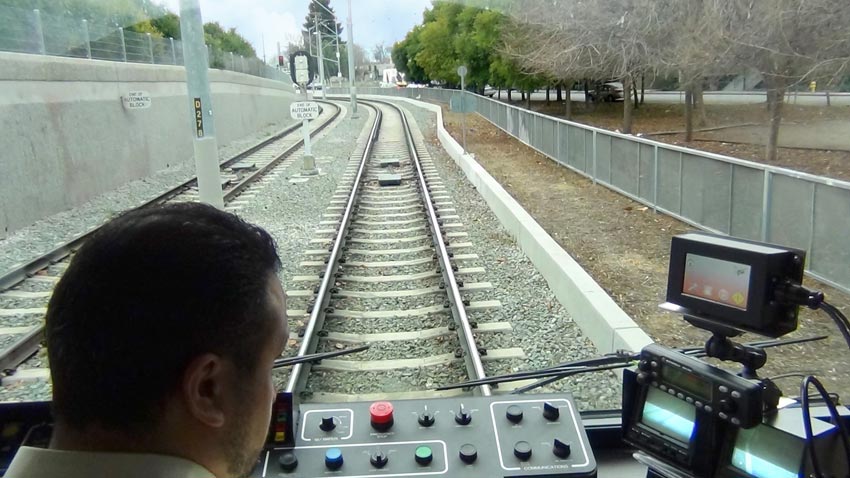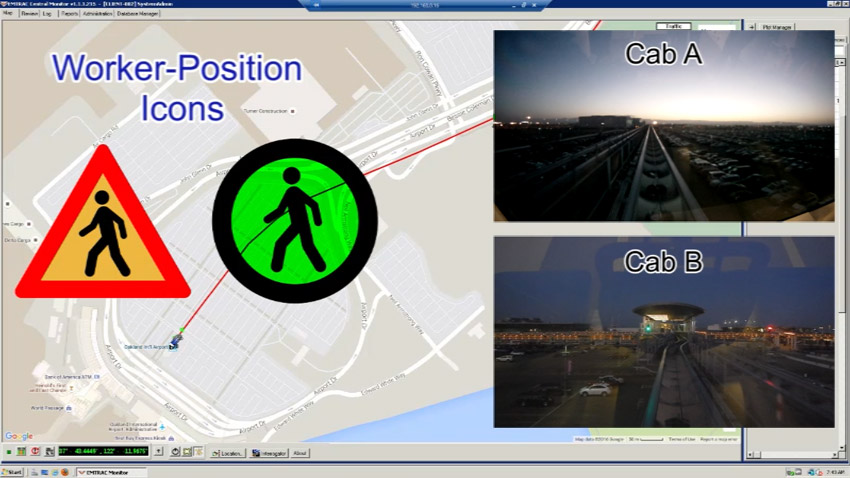- Conditional Signal Priority may be configured so equipped vehicles request priority only when specific, agency-defined conditions are met. As an example, a train can request priority only when it is five or more minutes behind schedule.
- Trains may utilize EMTRAC ETA technology to calculate intersection arrival times and update traffic-signal controllers of these arrival times. Updated ETA times are calculated based on current travel conditions (U.S. Patent No. 8,878,695).
- The EMTRAC Systems Manager software enables easy customization of train and intersection performance and response. For example, trains used for game-day sporting events may be configured to hold priority requests for longer time periods.
- Equipped trains may be configured to request priority at earlier start points to allow traffic controllers adequate phasing time during peak-period rush hours.
- The EMTRAC Central Monitor application provides activity logs and reports, showing detailed vehicle and intersection activity by date and time.
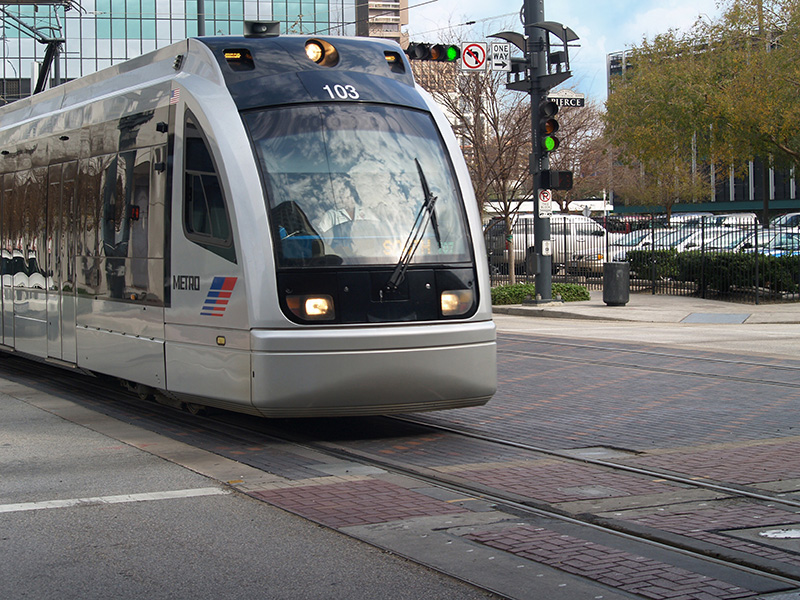
Trains equipped with the EMTRAC system are able to automatically request priority through signalized intersection. This is accomplished through the utilization of reliable GNSS technology and encrypted FHSS radio.
As a train approaches an equipped intersection, it passes through geographically-defined detection zones, which prompt the EMTRAC system to transmit a priority request to the corresponding traffic-signal controller.
The EMTRAC system completes this request without any driver interaction. Additionally, signal priority control may be configured based on route-schedule adherence, passenger loads, time of day, or other factors.
Headway Maintenance
Train bunching—a trailing train catching up to a lead train—is a continual challenge for transit agencies. It is also a leading complaint of regular transit riders and a headache for those operating and managing transit services.
Headway maintenance is simplified with the EMTRAC system. Signal priority may be conditional—based on the amount of time since priority was last granted to a train traveling in the same direction. Alternately, equipped trains may utilize virtual moving blocks to notify train operators when a particular action should be taken (for example, trailing trains may slow to a designated speed or leading trains may operate in express or skip-stop mode) until the desired headway is re-acquired.
- In addition to the well-documented benefits of Transit Signal Priority, the EMTRAC system helps reduce occurrences of uncoordinated signals and the resulting traffic disruptions.
- Labor time spent on installation and maintenance is significantly less than with other priority systems.
- Compatible with both leading-edge and legacy controllers while offering the most advanced TSP features available.
- Enables transit agencies to improves schedule adherence and headway times by requesting signal priority only when needed (for example, when behind schedule).
- Transit personnel are able to observe vehicle progress and activity with the EMTRAC Central Monitor software.
Automatic Vehicle Location (AVL)
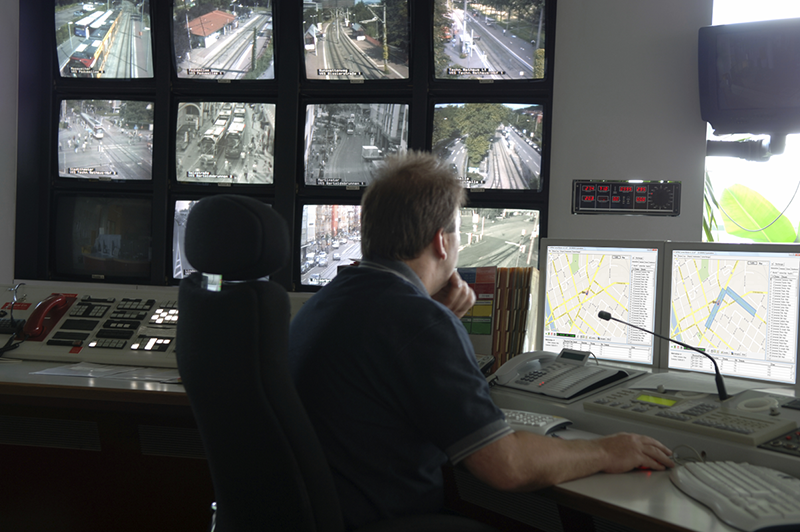
Supervisory personnel are able to remotely monitor real-time train and intersection activity with EMTRAC Central Monitor software.
Equipped trains continuously report location and activity data to EMTRAC detectors, which are network connected and located in wayside cabinets. Central workstations display this data while showing train movement on a real-time map display. Central Monitor also records this data in detailed logs for later review.
Because the AVL system uses the same EMTRAC components as those used for basic Transit Signal Priority, the system is a cost-effective way to provide accurate and reliable activity monitoring.
- Automatically locate specific trains, intersections, and rail workers with the click of a mouse.
- Connect to signals and switches to enable display of current signal and switch states on map.
- When specified events occur (such as speed violations), the system can automatically alert designated personnel—as they occur.
- The system may be configured to automatically generate reports, which are then archived and emailed to designated personnel.
- Activity logs may be automatically transferred and saved to the network while trains are at rail yards.
- View Connectivity Logs, which show changes in network-connectivity status to help identify possible network issues.
- Monitor signal-controller responses to priority requests to help verify proper system functionality.
- Expandability: AVL components may be added to existing EMTRAC system as agency budgets and schedules allow.
- Ease of Installation: Minimal additional hardware is required because the AVL system interfaces with the same EMTRAC system components as those used for Transit Signal Priority or to implement elements of Positive Train Control.
- Flexibility: Specific train classes (such as Light Rail Vehicles or Commuter Vehicles) may have individual detection zones assigned to them, which require that custom conditions be met before Transit Signal Priority is requested.
- Security: The AES-encrypted FHSS radio signals utilized by the EMTRAC system offer superior range and unmatched security.
- Accuracy: The advanced GNSS and inertial positioning ensures precise train location reporting—even in adverse conditions and environments.
Automatic Logs & Updates
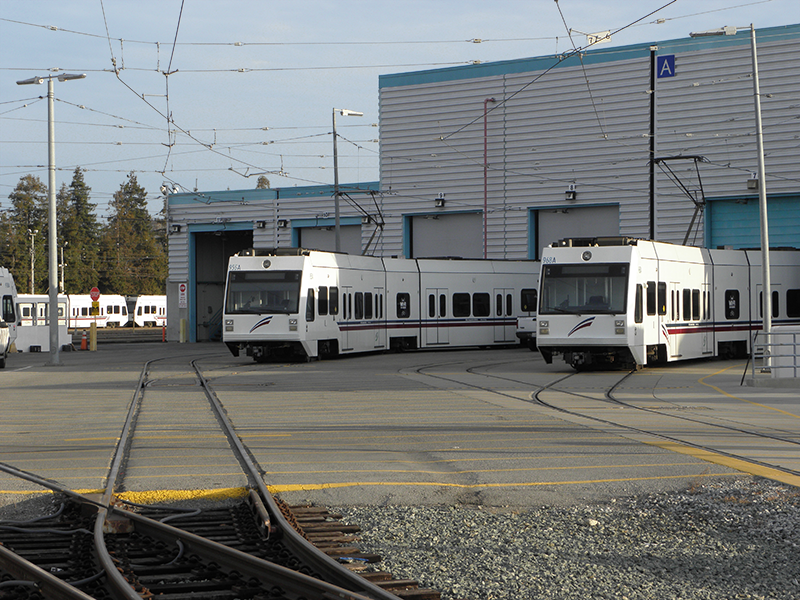
With the EMTRAC system. transit agencies are able to automatically transfer vehicle activity logs—and upload database and firmware updates—while equipped trains are at rail operation centers, maintenance facilities, or other locations.
As equipped trains return to rail yards, the EMTRAC Interrogator system utilizes secure FHSS radio to transfer activity logs from onboard Vehicle Computer Units (VCUs). The Central Monitor server accesses this data where it can be remotely viewed by authorized personnel.
When train configurations are updated, or if firmware updates are available, the Interrogator system distributes the updates to the proper vehicles, and monitoring personnel are able to check update progress as it occurs.
- Automatic Transfer & Update: Wirelessly transfer activity logs from equipped vehicles, and automatically transfer database or firmware updates to onboard VCUs.
- Stable Communication: In cases of network interruption, data is not lost, and data transfers resume from the point of interruption.
- Limitless Memory: Because the EMTRAC-system server stores activity logs, the onboard VCUs are able to continually save new log entries.
- System Monitoring: Agency personnel can monitor network-connection status and history (between Interrogator and EMTRAC components as well as between server and Interrogator), and current radio-signal strength.
- Auto-Notifications: The Central Monitor software may be configured to periodically email activity logs to designated agency personnel.
- Low Profile: Communication with onboard VCUs is all wireless. The EMTRAC Interrogator Kit requires only 120 VAC power and Ethernet for external connections.
- Timeliness: Data is transferred rapidly using high communication rates.
- Flexibility: The EMTRAC Interrogator Kit may be mounted on a wall, pole, or other structure. Multiple antenna options provide reliable communication—even in locations with high interference.
EMTRAC Videos
EMTRAC System video demonstrations of EMTRAC System capabilities, including Emergency Vehicle Preemption (EVP), Transit Signal Priority (TSP), transit rail safety, vehicle detection, and signal management.

